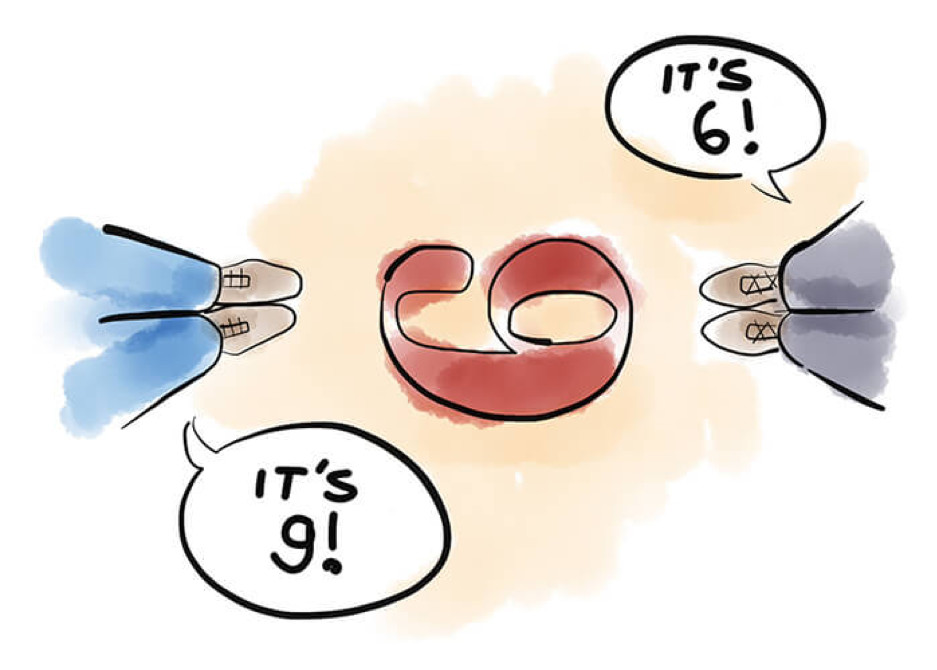
It might feel inconvenient for many organisations to hear that, if they want to become more successful brands, they should focus on the users of their products and services – not the actual buyers. Aren’t most buyers users? Or, if not, aren’t buyers typically buying with the ‘user’ in mind? And how do you get to better understand ‘users’ when they’re often at least one step removed from the purchase journey? And, how can I focus on users when I need buyers in the first place…?
This recent article in HBR argues just that however. https://hbr.org/2018/02/the-most-successful-brands-focus-on-users-not-buyers?utm_campaign=hbr&utm_source=twitter&utm_medium=social
It resurrects a long-standing debate about where best to put your money: in the pre-purchase or the post-purchase experience? When prospects are considering your brand (and you want to convert them into customers)? Or when customers are living with your brand (and you want to grow their lifetime value and turn them into advocates)?
The choice presented by Bonchek & Bapat is to be either a ‘purchase brand’ (focused on buyers) or a ‘usage brand’ (focused on users). To paraphrase: Purchase brands worry about what they say to customers; usage brands worry about what customers say to each other(Airbnb is cited). Purchase brands try to shape what people think about the brand at the moments of truth along the path to purchase; usage brands influence how people experience the brand at every touchpoint (Apple Store is cited).
Does this matter? Choose to be a usage brand and the analysis claims you’ll benefit from a 7% price premium, 8% lower switch rate and twofold greater spontaneous advocacy versus purchase brands. This echoes other, well-known insights: Depending on what industry you’re in, acquiring a new customer is anywhere from 5 to 25 times more expensive than retaining an existing one. And increasing customer retention rates by 5% increases profits by 25% to 95%.
So – all’s well and good with that debate then?
Not quite. One concern is that, by inference, the argument’s made that “purchase = legacy brands” and “usage = digital brands”. That seems quite pessimistic for many well-established organisations out there – and it’s not clear what that means in today’s multichannel world. Plus, in 2018 plenty of digital brands remain rightly obsessed with acquisition. There are also lots of truisms in the argument: digital brands are discovered more in social media (surely that’s an outcome of buyers’/ users’ channel preference?); legacy brands are those that people more often ‘look up to’ (surely that’s an outcome of the brand’s longevity?).
But, even though the overall point made by Bonchek & Bapat is intuitively appealing, the Outwith team has a bigger concern with it. There’s an insight that’s been lost in the analysis that really should excite us most: only by focusing on the end-to-end experience (both pre- and post-purchase) can brands make truly considered choices and retain a full perspective on the best growth opportunities open to them.
Maintaining this wider focus helps leaders avoid two common mistakes:
1. The first mistake is to miss the relationship between ‘upstream’ and ‘downstream’ experiences that are crucial to diagnosing cause and effect. As previously noted in HBR (by Amy Gallo in a 2014 edition), one common example of this is failing to diagnose a high churn rate as the result of poor customer acquisition efforts. Attract the wrong kind of customers by leading on price for example, which will attract deal seekers with an inherent propensity to switch, and you’re locking in downstream problems (Groupon’s struggling business model is cited here). Similarly, one of our clients who was on the point of investing millions of dollars in adding contact centre agent seats realised that fixing a broken customer onboarding journey ‘upstream’ would deliver a much better return. This was only possible with an end-to-end perspective.
2. Second, and contrary to what Bonchek & Bapat recommend, what works best operationally to fuse this buyer/ user perspective is not a simple coming together of Marketing and Product, or an elevation of the Customer Service function’s importance. This risks reproducing a silo mentality based on functions wastefully competing over ‘who owns’ internal activity. Instead, what we see working better is something more fundamental: empower the organisation with an outside-in perspective that changes leaders’ frame of reference. Then design your operating model to best deliver what you’re promising buyers or users at the different stages of that journey, in service of your overall brand promise.
At Outwith, our learning (both in leading and consulting businesses) is that revealing an end-to-end perspective on your customers’ experience is critical to maximising your growth ambitions. Sometimes leaders need to somewhat myopically obsess about the sales funnel. At other times, it’s necessary to relentlessly nurture your customer base –especially if they start churning and defecting. But at no time can a successful brand afford to take its eye off both challenges: from when someone first becomes aware of you to when they choose to take away their custom, it’s virtually impossible not to find opportunities for improving the buyer/ user experience. Get a perspective so you don’t miss them.
